
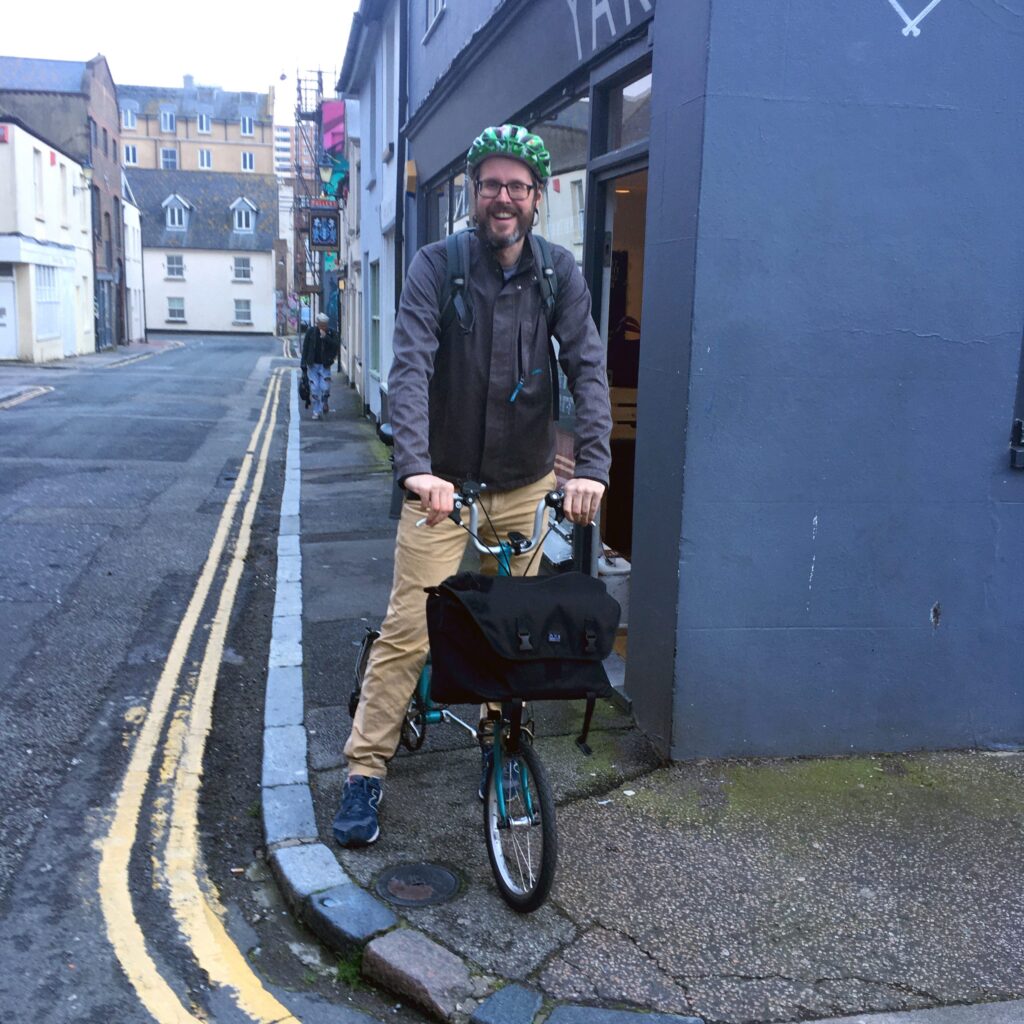
The Stats
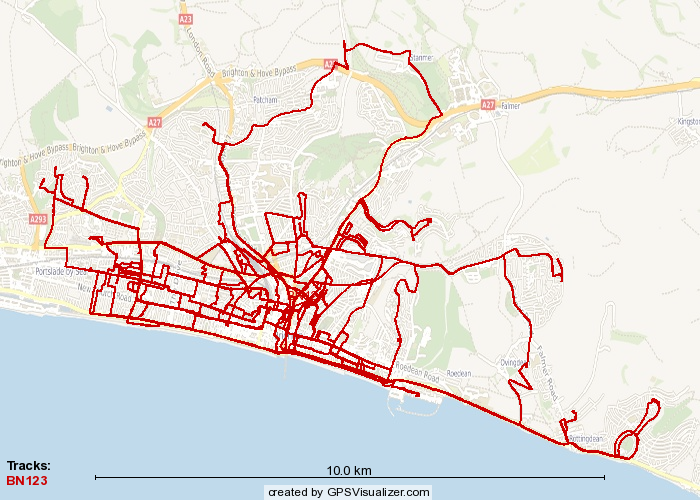
The Completed Project
Designed in 1953 by Unn Søiland Dale for Sandnes Garn, the Marius jumper is the most knitted pattern in Norway and is an icon of Norwegian design. Rob has spent quite a lot of time in Norway so this jumper has been in the back of my mind to make for him for a while. I’ve never knitted him anything more complicated that a hat before, mostly because he’s 6’6 and has really long arms so the thought of having to knit him 2 sleeves was enough to make me keep putting it off. However, a big thank you was called for, for taking on this mammoth cycling commitment. A big thank you = a big jumper.
I had downloaded a classic Marius Jumper pattern by Sandnes Garn quite a long time ago without doing any real research. By classic I mean with a traditional neckline, a slash neck not rounded or cut into the colourwork.
I ended up just using the pattern as a guide. I changed the yarn weight so all the calculations had to all change and the pattern was so basic, and in my eyes some of it plain wrong, I didn’t follow it for anything other than the colourwork chart. So I’m afraid this won’t be a very helpful completed project post for anyone wanting to knit this jumper and I can’t recommend this particular pattern but there are lots of versions out there in lots of different weights. Sandnes Garn seem to bring out a new collection every year or two however, be warned, their new versions seem to all be round neck or even yoked. Not traditional but probably more comfortable to wear, but we’ll get to that later.
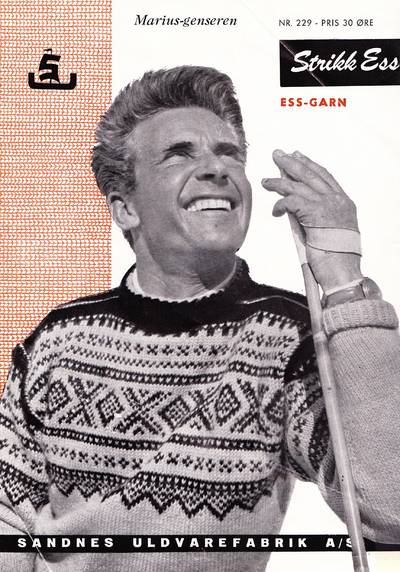
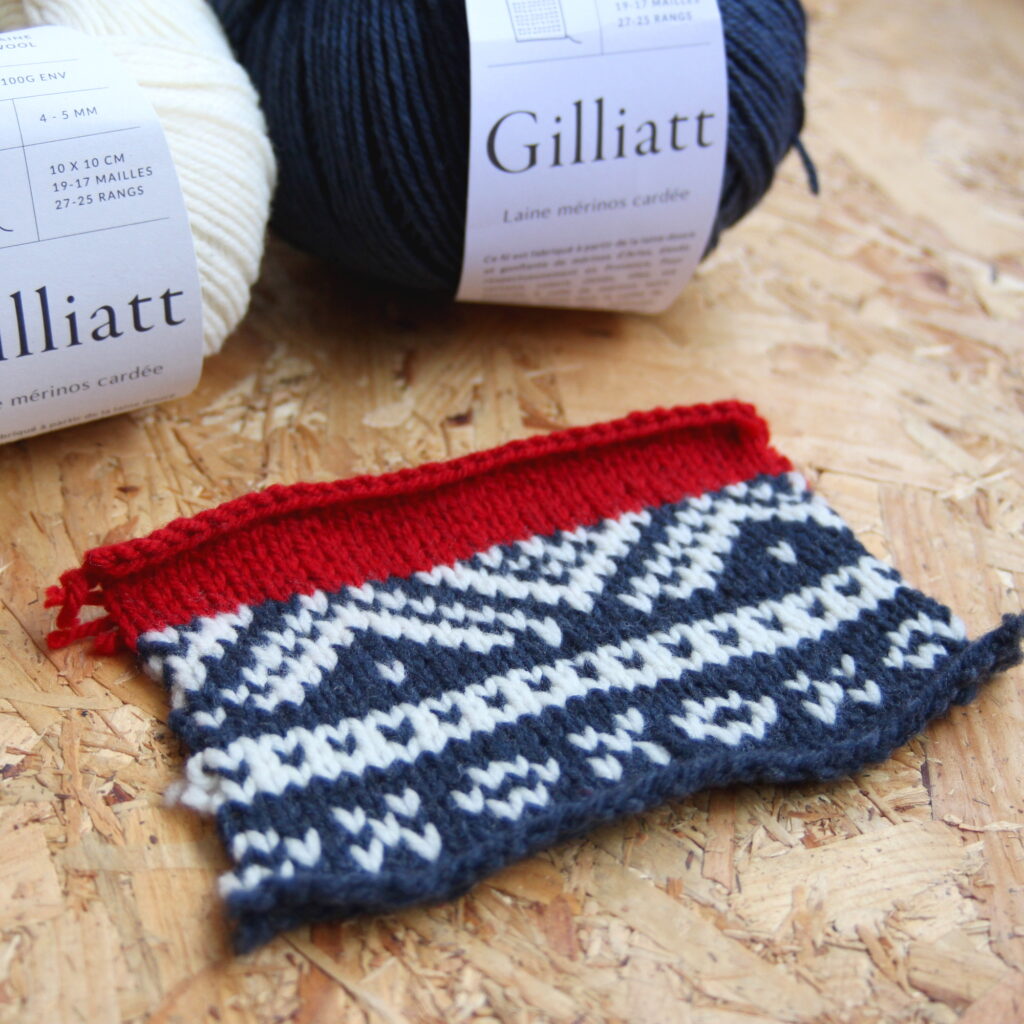

–Kate

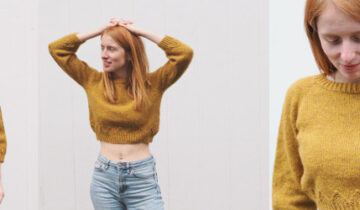
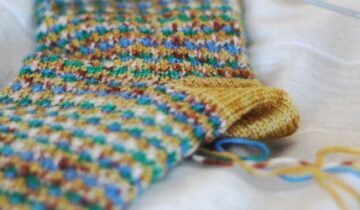
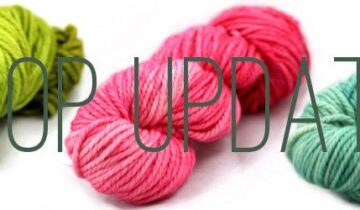
 No products in the basket.
No products in the basket.
Rob looks a very happy man in that beautiful jumper! Well done to both of you! 🙂